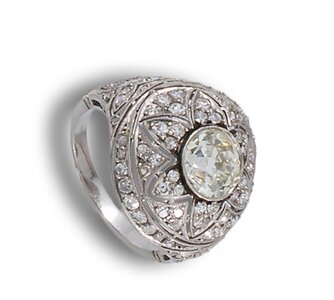Isobel
Shiny_Rock
- Joined
- May 17, 2020
- Messages
- 127
I'm currently looking at a ring online, but the online store is closed currently so getting no response from them yet. This is the description of the ring , as follows ****" Art Deco ring, platinum, centre diamond, antique cut, estimated weight 1.60cts, estimated colour grade M and estimated purity grade si1 (lasered), millegrain body with single-cut diamonds"****
does it sound like the diamond is clarity enhanced by them saying " Lasered" in the description?? I will follow up with photos shortly x
Thankyou
does it sound like the diamond is clarity enhanced by them saying " Lasered" in the description?? I will follow up with photos shortly x
Thankyou








300x240.png)